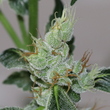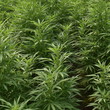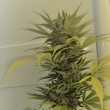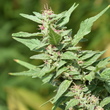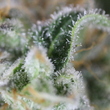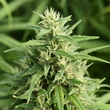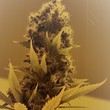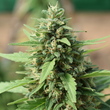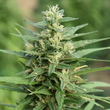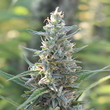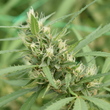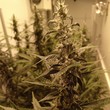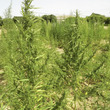Introduction
The mechanism of action of cannabidiol (CBD), the main non-psychotropic component of Cannabis sativa L., is not completely understood. First assumed that the compound was acting via cannabinoid CB2 receptors (CB2Rs) it is now suggested that it interacts with non-cannabinoid G-protein-coupled receptors (GPCRs); however, CBD does not bind with high affinity to the orthosteric site of any GPCR. To search for alternative explanations, we tested CBD as a potential allosteric ligand of CB2R.
Material and méthods
CBD was purified from the Cannabis variety PILAR (CPVO/ 20160115) following a patented method described in the Phytoplant Patent: “Methods of purifying cannabinoids, compositions and kits thereof” with code 9765000 B2. The CBD has a purity > 95%. CANNA products were used for the variety cultivation.
Results
Radioligand and non-radioactive homogeneous binding, intracellular cAMP determination and ERK1/2 phosphorylation assays were undertaken in heterologous systems expressing the human version of CB2R. Using membrane preparations from CB2R-expressing HEK-293T (human embryonic kidney 293T) cells, we confirmed that CBD does not bind with high affinity to the orthosteric site of the human CB2R where the synthetic cannabinoid, [3H]-WIN 55,212-2, binds. CBD was, however, able to produce minor but consistent reduction in the homogeneous binding assays in living cells using the fluorophore-conjugated CB2R-selective compound, CM-157. The effect on binding to CB2R-expressing living cells was different to that exerted by the orthosteric antagonist, SR144528, which decreased the maximum binding without changing the KD. CBD at nanomolar concentrations was also able to significantly reduce the effect of the selective CB2R agonist, JWH133, on forskolin-induced intracellular cAMP levels and on activation of the MAP kinase pathway.
Discusion
These results may help to understand CBD mode of action and may serve to revisit its therapeutic possibilities.
Other publications
See more
See more
See more
See more
See more
See more
See more
See more
See more
See more
See more
See more
See more
See more
See more
See more
See more
See more
See more
See more
See more
See more
See more
See more
Ask for information
Can we be of help to you? Do you have any questions about us? Write to us and we will contact you as soon as possible.
